On May 7th I posted a “Then & Now” of the Morgantown Hotel to my facebook page. Unbeknownst to me it seems that even though its been 16 years since the Morgantown Hotel was razed to make way for a Rite Aid, the feelings of negativity that surrounded losing an integral piece of the town’s identity has stuck with those that lived through it. If you are on facebook, feel free to view the post and read some of the comments to see what I mean.
At the time this was all happening I was in high school and blissfully unaware. Since bringing myself up to date on the events surrounding how exactly this managed to happen, I found its a nearly perfect case study of why capitalism has and always will be the antithesis of historical preservation.
About Morgantown
Morgantown is at the very southern tip of Berks County. It is part of Caernarvon Township, which currently has a population of roughly 4,200 people. Caernarvon is bordered on the northwest by Brecknock and northeast by Robeson Townships. Both are very rural communities, effectively cutting Morgantown off from the more densely populated suburban areas surrounding Reading, the county seat. Caernarvon Township on its south borders with both Lancaster and Chester County. The area’s school district, Twin Valley, including the high school, is located within Berks County, but is unique in that its district boundaries include children living in Chester County as well. For these reasons I get the general vibe that this area identifies more with its immediate geographic region and less with the county as a whole.
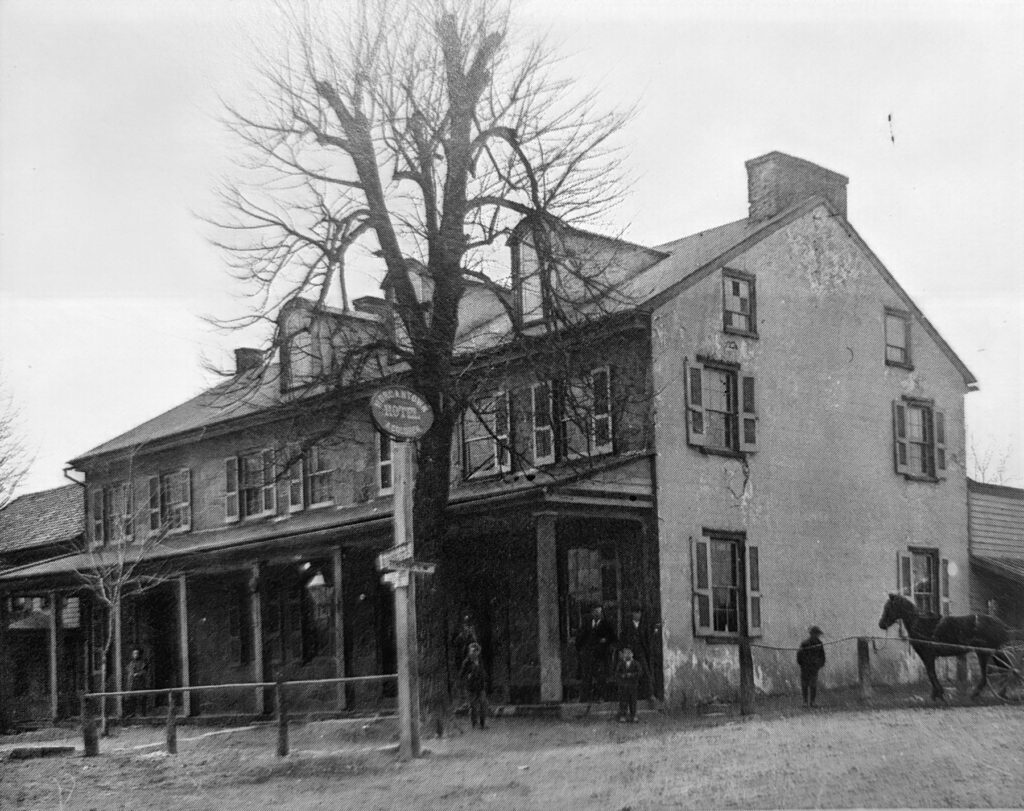
Brief History of the Morgantown Hotel
The Morgantown Hotel dated to 1750. It sat right in the heart of Morgantown, at the northwest corner of Morgantown Road (Route 10) Main Street (Route 23). Route 23 dates to the colonial period as a main travel route between Philadelphia and Lancaster. Nearly every community from this era had a hotel and tavern to house those passing through. In addition to housing, these buildings also served as the center of social life for members of the community. At some point the building earned itself the nickname, the “Moho”, which locals affectionately still call it. At the time it closed the building housed a restaurant and bar, still serving the purpose it had since before our country was founded. Being a hopelessly existential type historian, its hard for me not to daydream about all the things that transpired within its walls during that time.
Redevelopment
At some point in 2005 the redevelopment plans for the property were announced. The parcel, bounded by Mulberry Street, North Street, Main Street and Morgantown Road, included quite a few buildings. In addition to the hotel structure – a log cabin, early 19th century house and old country store were also razed. The aerials in the comparison slider below give you a birdseye view of the area in 2004 and today.
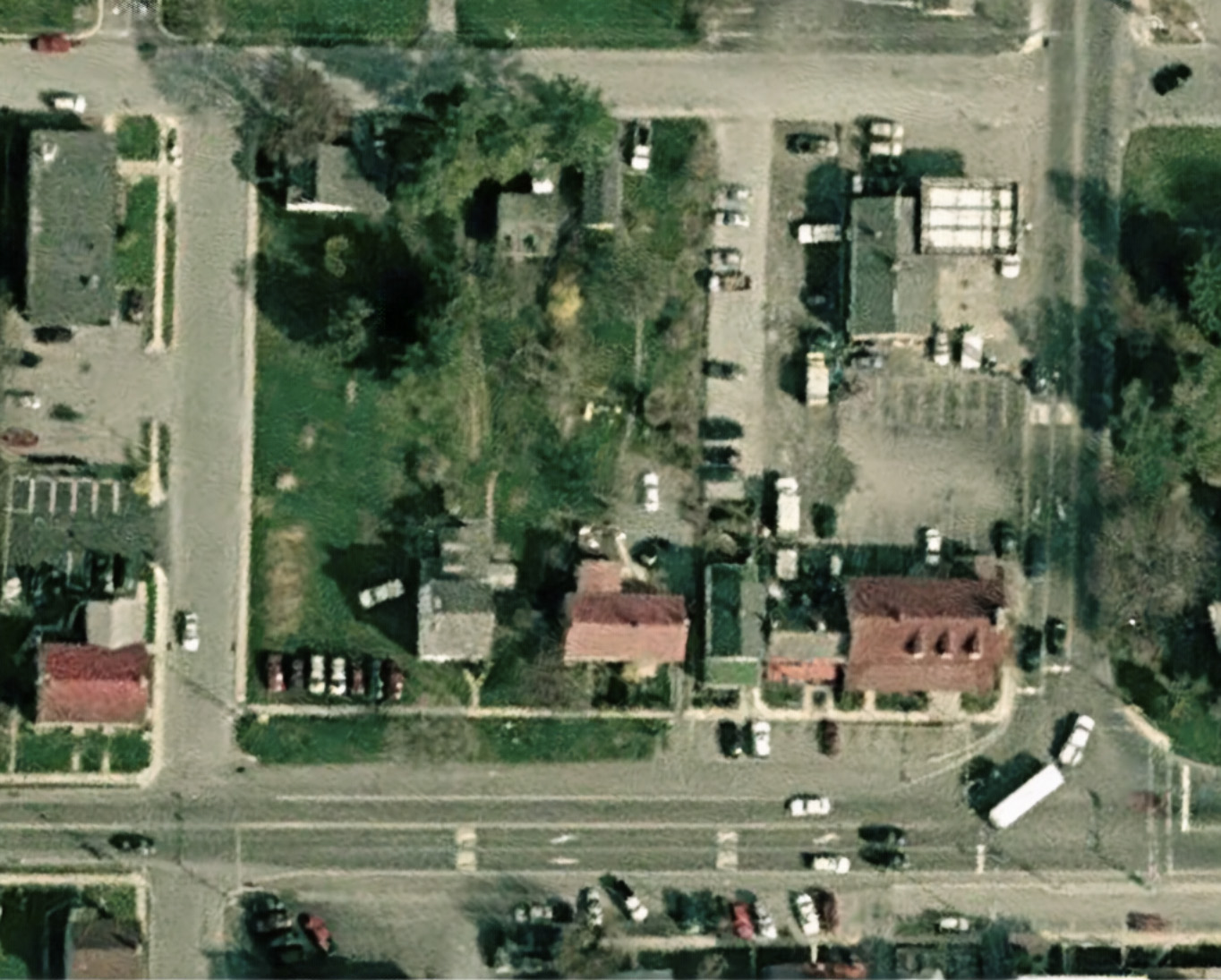
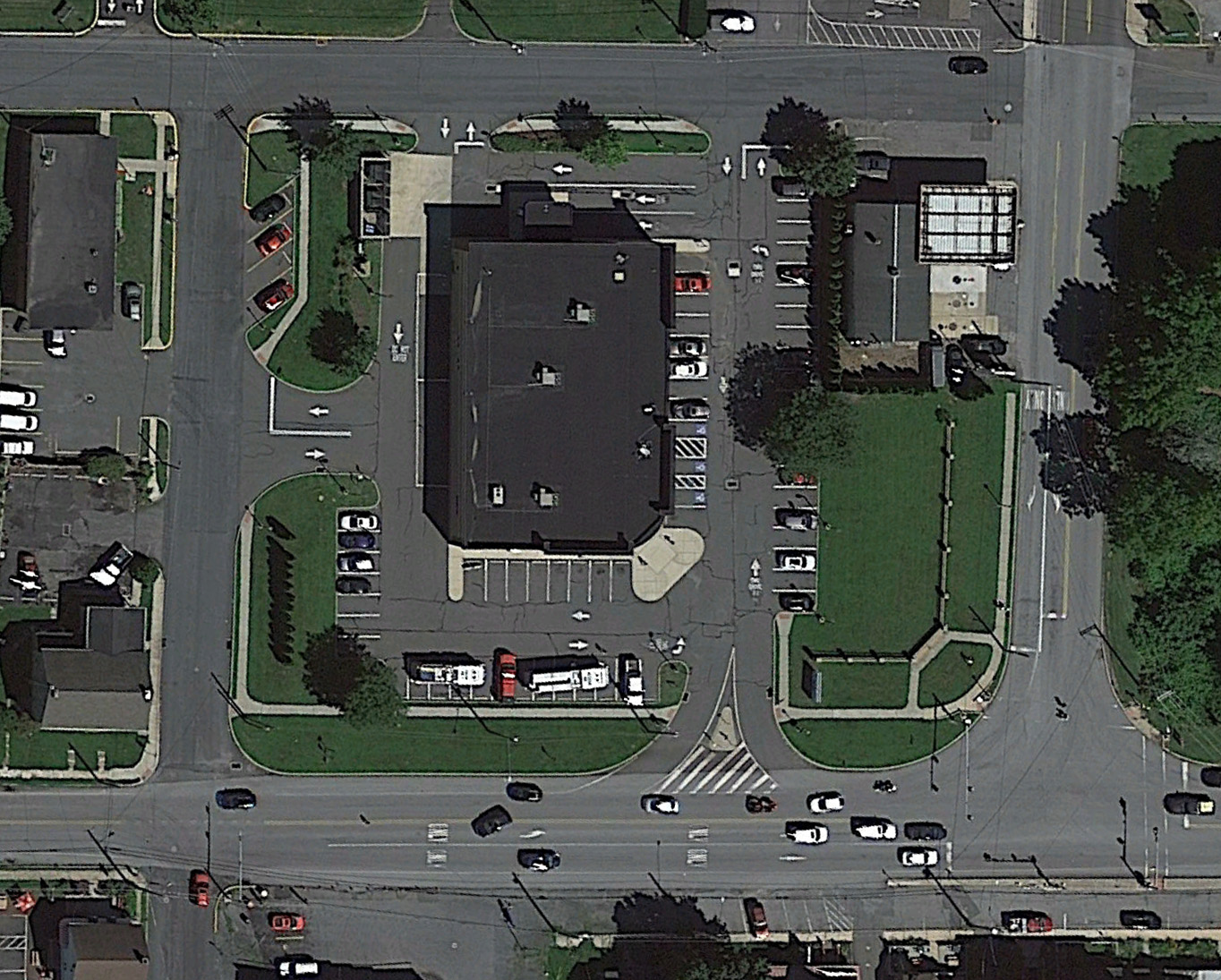
In a September 9th, 2005 Reading Eagle article the owner of the property, Paul Whiteman, is quoted as saying, “If anyone was in my shoes and offered what I was offered, they wouldn’t turn it down either.” Out of curiosity I checked the deed transfer for this property and found that offer to be $715,000, which would equate to a little over $1 million in 2024. Feel free to put yourself in that position; a few historic buildings in the heart of your small town or a million bucks. It is fair to acknowledge that any of our lives would be instantly better with that kind of cash in hand. His argument becomes even more compelling when you consider that the building, well over 250 years old at the time, was in poor shape and needed considerable work. Whiteman purchased the property in 1988 for $165k and sold it two decades later after letting it fall into disrepair for 4x profit. A textbook example of the American capitalist dream, which includes the freedom of choice – the choice to invest in ownership of something, grind it for all its worth and sell it to the highest bidder.
Typically local municipalities serve as stewards of their community history. They wield the power to create zoning ordinances, support the registering of buildings on the National Register of Historic Places, and even outright buy the property itself (which the city of Reading seems to be notorious for). It is also worth mentioning that Paul Whiteman was a Caernarvon Township supervisor at the time this all transpired. Even with the most studious and honest local municipality, the outcome usually favors development, as development will benefit the municipality through increased tax revenue. On the other hand, historic buildings cost astronomical amounts of money to rehab and maintain; and in a changing society naturally fall out of profitable options for reuse. In our current economic landscape things need to be profitable to stick around long-term.
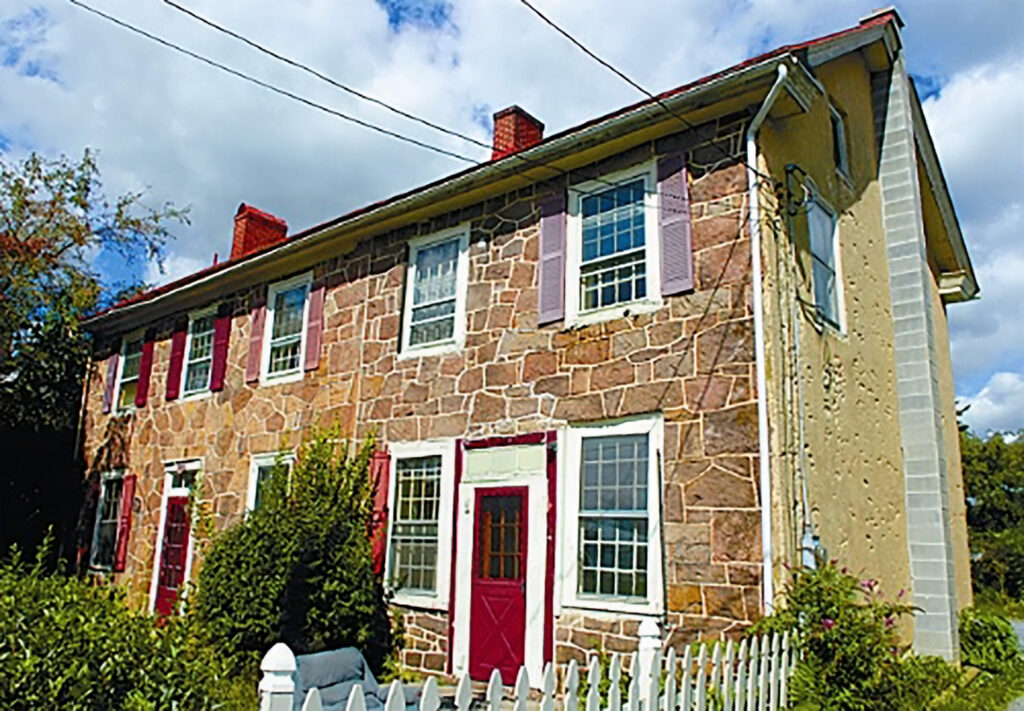
The buildings individually were not on the National Register of Historic Places, which creates hurdles for redevelopment projects involving structures with such designations. However, they were designated as a part of NRHP of the cumulative “Historic Morgantown” in 1995, which includes all of the town’s pre-1950 structures. According to a September 18th, 2007 Reading Eagle article, Rite Aid was one of a few pharmacy chains that had corporate policy against demolishing buildings individually listed on the historic register, but a cumulative town register designation apparently did not qualify them to be saved.
Local historical society preservation efforts still had a dog in the fight. Though any progress they made was squelched by ineptitude of the township leadership. The March 29th, 2007 the Reading Eagle reported that the Caernarvon township officials accidentally missed a deadline to vote on the proposed development because three of six township supervisors were not present at the February 2007 meeting. The three present supervisors decided to hold off on the vote until the next meeting; allegedly unaware that the deadline expired before then. It is unclear whether Whiteman was one of the missing supervisors, but even so should have excused himself from that vote since it would have been a gross conflict of interest. Rite Aid’s corporate lawyers jumped on their mistake, filed countersuit, which ultimately allowed the development project to progress. Speaking of which –
Stop claiming “Progress“, even in jest
There are never a shortage of sarcastic comments on posts like these stating that history was razed in the name of “progress“. Corporate behemoth’s like Rite Aid do not buy land and destroy a historic town center with the objective of betterment. Profit is the main factor; projected profit determined by studies done on the area’s demographic makeup well before offers are made on land. While progress is inherently change, change is not inherently progress.
One might argue that the solution would be to fight capitalism with capitalism. After all we wield the power with where we choose to spend our dollars. Could we return to the “mom and pop” pharmacies that once graced every small community? Considering how population has dramatically increased in most places since the mid-20th century, maybe even a small community like Caernarvon Township could support two or three such pharmacies.
This is even more plausible when one considers that 66% of American adults are on some sort of prescription medication, according to Georgetown University. Compounded by the fact that we are not statistically a very healthy society – the need for a place to dispense medicine is certainly not going away any time soon.
Yet very rarely can smaller pharmacies compete with the pricing, mass availability and convenience of national chains like Rite Aid. Seeing as we collectively value how conveniently and cheaply we can consume things, it doesn’t seem like we will be finding our way out from between this rock and hard place.
Despite this Rite Aid declared bankruptcy last fall and is closing hundreds of stores – most Pennsylvania locations being in Philadelphia and surrounding suburbs. None of Berks County’s 12 open locations have been announced as casualties. Yet we all know how this goes – it certainly wont take 250 years to be replaced by the next thing. Or worse sit vacant waiting for another round of redevelopment. Economics aside, was the 16 years that Rite Aid provided convenience to Morgantown’s pharmaceutical needs worth the 250+ years of history lost?
Next time you feel anger brewing at your town’s history being razed in favor of some national corporation, or swaths of beautiful natural land being paved over for a warehouse – consider your part in the equation. It is easy to be mad at the incompetent or (worse) corrupt municipality, the sellout property owner or the faceless corporation. And they do deserve part of the blame.
Yet very rarely do we acknowledge this for what it truly is; a natural consequence of a capitalistic system in which we all benefit – until we don’t.
EDIT: Rite Aid again declared bankruptcy on May 5th, 2025, and all stores will be closed or be sold in the coming weeks. This one is slated to be closed by the end of May.

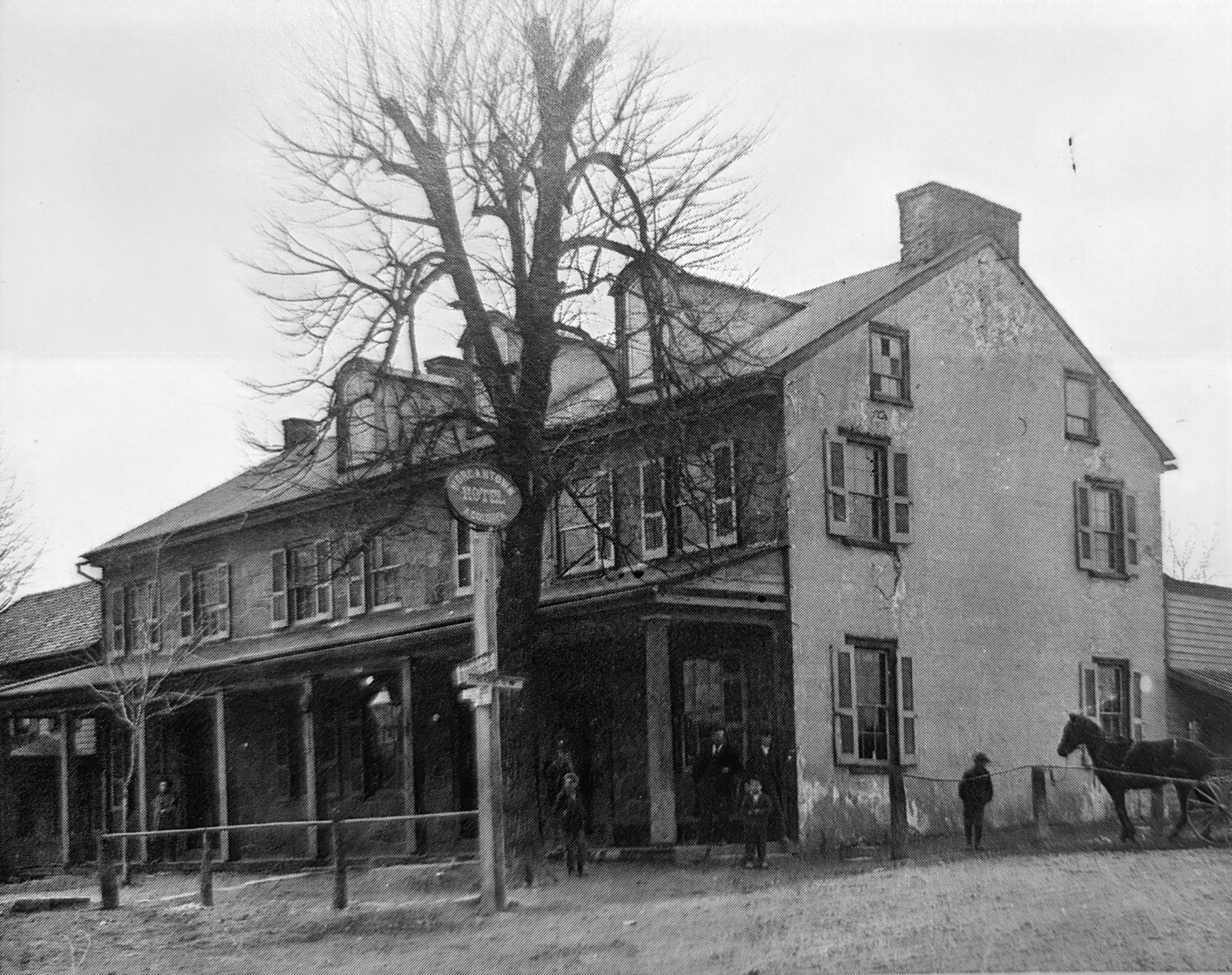
Thank you, Alexa for the time and research you put into this article. I worked at the Morgantown Furniture Outlet for many years and occasionally visited the MoHo. I was extremely saddened when this happened. I even considered somehow handcuffing myself to the building to make a statement. Ultimately, I did not follow through. But we lost a bit of our shared history that day.
Thank you for taking the time to tell this story. It was unbelievable time. I will alway remember the hand painted interstate signs that stood next to the MoHo. I have moved to Virginia years ago and live in rural area, but is being developed as Norfolk and surrounding area grows. One of the little thought about aspects of corporate development is it blurs the line of what is a town and what is highway. People used to slow down driving through towns, look around who’s out and about. Now people are just inconveniences to drivers going to big box stores to by cheap goods from overseas.
Thank you for your well-researched and reasoned article. I grew up in nearby Honey Brook and my father briefly lived in one of the houses (pictured above; also raised) next to the Moho, where we stayed with him on weekends. I was saddened and sickened to see these historic buildings demolished for a hideous chain pharmacy. We must be much more vigilant, determined and organized in our efforts to protect communities from the predations of unscrupulous developers who treat our townscapes and landscape as disposable.
Hi Alexa,
I’m going to shut down my AOL account in a few weeks. How do I update my address on your mailing list so I continue receiving these great articles?
Thanks!
Hi Regina, all you need to do is use the subscribe form to sign up your new email address. You can find that easily here: https://berksnostalgia.com/subscribe/
thanks for sticking around!
We used to like stopping there after a Flyers or Phillies games.
Great research and fantastic article. Capitalism does have its downsides. Unfortunately most PA Municipalities are reactive, rather than proactive.
Any economic system is prone to this kind of thing; the only difference is the stated justification for it. In the case of capitalism, it’s done for profit. Socialism and communism are equally ruthless in their treatment of historic structures, but do their dirty work in the name of supposed benefits to “the people.” The answer to both these is to educate people to value and protect the irreplaceable beauty of landscapes and buildings. Once gone, these graceful and historic structures will never be replaced. Once built on, woods and farm fields are gone for the foreseeable future. In any economic system, we can pass laws that genuinely protect our history and landscape. It seems we don’t have the will to do it, which is a tragedy. I’ve worked in the field of historic preservation, and the opposition has an endless list of reasons to trash our past. They emerge out of every political position and every possible viewpoint – indifference and even hostility to history, dislike of anything old, greed, desire for convenience, “modernization,” ignorance, plain old bad taste. I could go on and on.